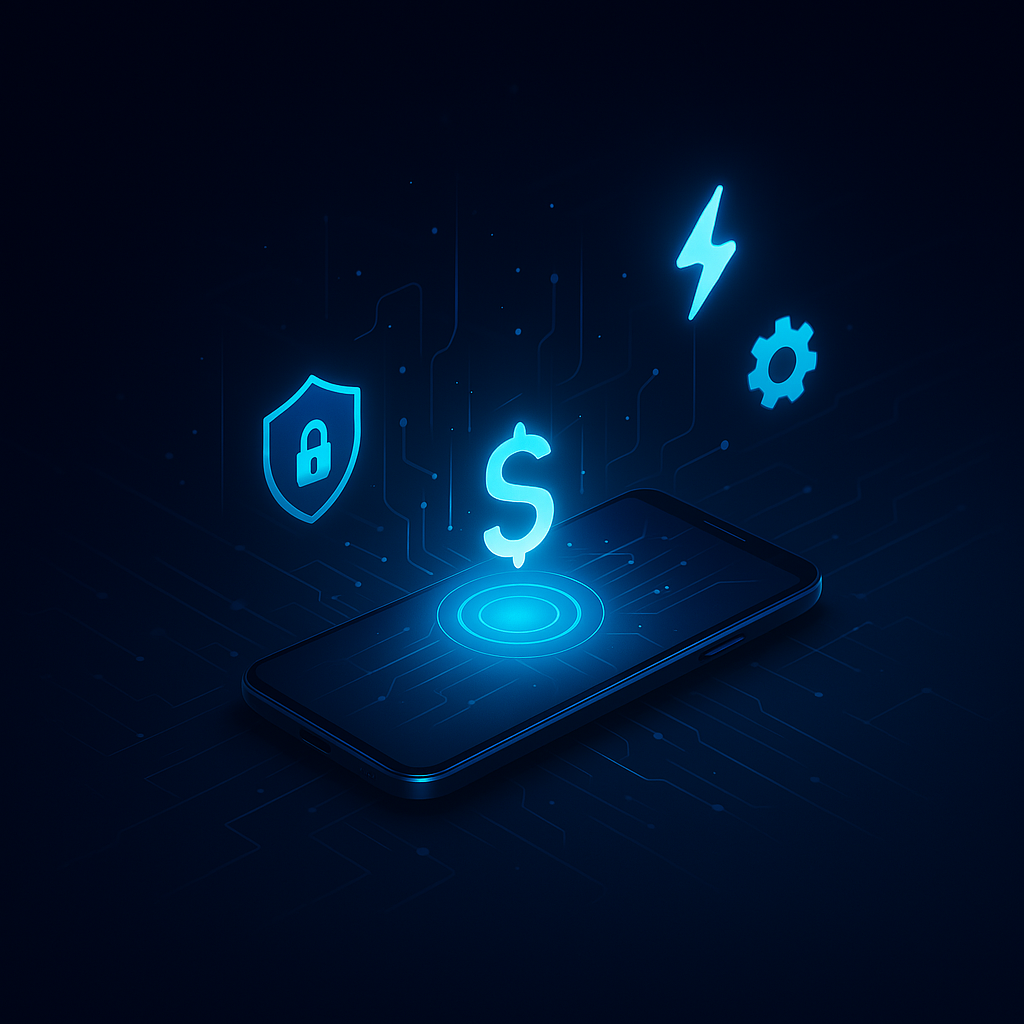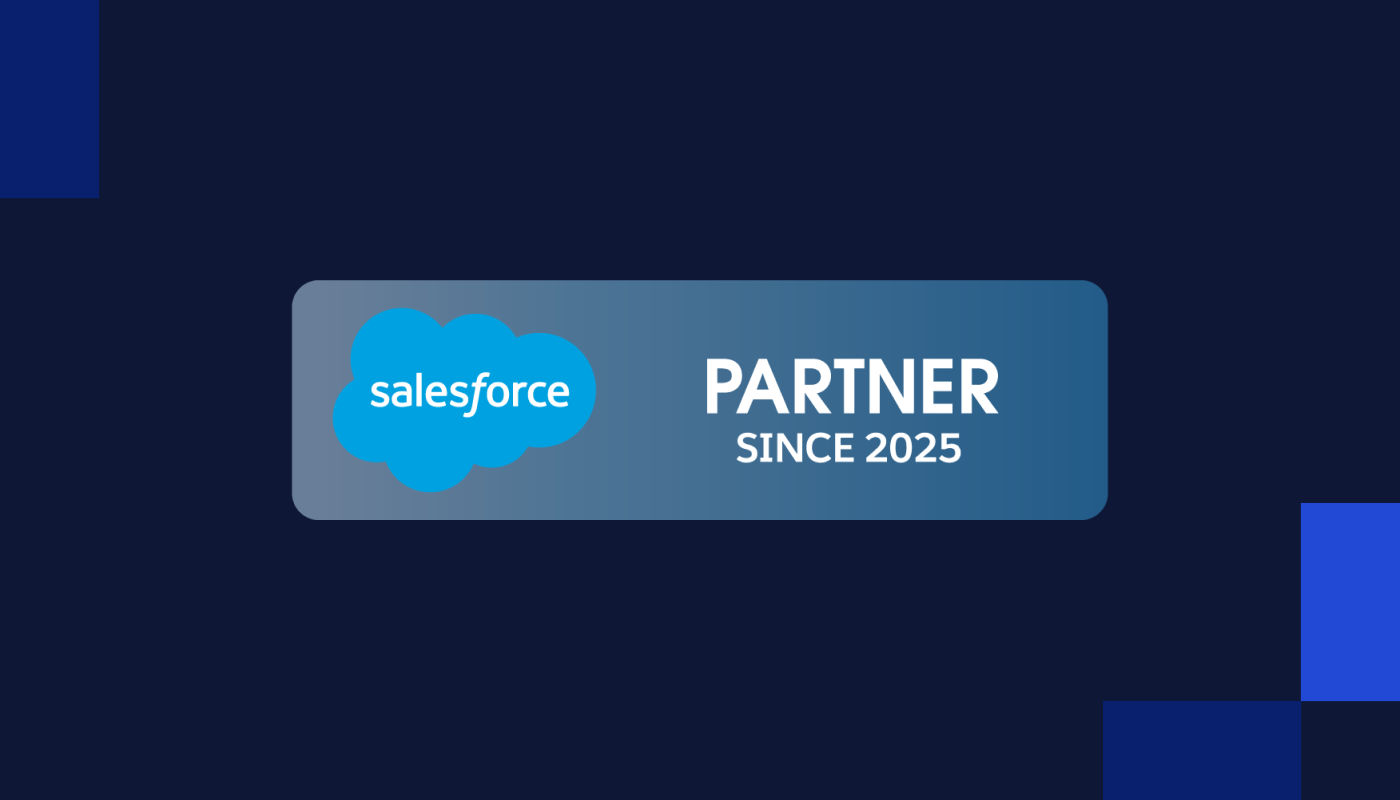 Financial Services
Financial Services
- Insights
- Financial Services
- Article
Transforming Mobile Banking with a Service Banking SDK: Faster, Safer, Smarter

Empower your institution to compete in today’s digital ecosystem by harnessing end-to-end SDK solutions that unite security, speed, and seamless customer experiences.
- Why Service Banking SDKs Are the Future: SDKs enable banks to reach broader audiences, engage with super app ecosystems, and streamline onboarding.
- Critical Security Measures: Best practices in encryption, device security, and network security in compliance with Turkey’s Banking Regulation and Supervision Agency (BDDK)
- Development & Architecture Insights: How crafting native UI components, APIs, and backend services can be managed efficiently—either in-house or with the right external partners.
- Real-World Lessons from Definex: How specialized support in SDK development, from architecture to final deployment, can accelerate success and reduce risk.
Banking has seen a dramatic shift toward digital channels, driven by the mobile-first habits of today’s customers. Whether opening a new account or approving a credit application, customers now expect the entire process to happen in minutes. To deliver on these expectations, banks are increasingly turning to Service Banking SDKs—powerful software development kits that integrate seamlessly into a variety of mobile applications while safeguarding user data and meeting stringent regulatory requirements.
Why Service Banking SDKs Matter
A well-built service banking SDK allows financial institutions to integrate their services into different platforms, including popular “super apps” that combine shopping, delivery, and finance in one place. This approach broadens a bank’s reach: consumers who spend most of their time in a single multi-purpose app can effortlessly access banking features—ranging from account opening to loan applications—without leaving that environment. Successful models like WeChat, Gojek, and Alipay have shown how this strategy can expand a user base and foster loyalty.
In Turkey, super apps are gaining ground. By offering a streamlined banking experience within these all-encompassing apps, banks can turn potential users into loyal customers.
A robust, secure SDK is at the heart of this movement—enabling critical processes like biometric verification, video chat for know-your-customer (KYC) steps, and secure login via One-Time Password (OTP) or PIN, while also ensuring that sensitive user data, such as passwords and identity information, is processed within dedicated UI components that prevent unauthorized access from third-party applications.
End-to-End Digital Onboarding
Users can open a bank account directly from the SDK. While the process varies from bank to bank, it generally involves NFC validation, OCR validation, and a video chat. Upon successful completion of these steps, the SDK verifies the user and allows them to set up a password. External SDKs like TechSign, IHS, Diyalog or Regula can handle OCR, face recognition, and video calls, all secured with SSL certificates.
To enhance security and compliance, the onboarding process typically includes:
- Identity Verification: Users are required to scan their identification documents using OCR technology, ensuring document authenticity.
- Biometric Authentication: Face recognition is used to verify that the user matches the identity document provided, adding an additional layer of security.
- Video Call for KYC Compliance: Some banks require a real-time video call where a banking representative verifies the user’s identity.
- Multi-Factor Authentication (MFA): After identity confirmation, an additional verification step, such as SMS OTP, is used to confirm the user’s phone number and prevent unauthorized access.
- Dynamic Password Creation: Users are prompted to create a secure password, following the bank’s predefined security rules, ensuring strong authentication for future logins.
Transaction Approval & Document Signing
SDK components display transaction details or official documents, then capture user consent through a secure, controlled interface. Banks can integrate these flows into super apps, enabling everything from account sign-ups to loan applications in a single environment.
Device & Network Security
The SDK halts immediately if it detects threats like rooting, keyloggers, unauthorized screen recording, or network sniffing attempts.
To maintain a secure banking environment, an SDK must immediately detect and block potential security threats on a device. These threats include:
- Rooted or Jailbroken Devices: Unauthorized modifications compromise system integrity.
- Keyloggers: Malicious applications that attempt to capture user credentials.
- Screen Recording or Screenshot Capture Tools: Prevents sensitive data from being exposed.
- SIM Card Blocking or Cloning Attempts: Protects against unauthorized number changes.
- Network Sniffing and Proxy Attacks: Prevents unauthorized interception of data by ensuring end-to-end encryption and secure communication channels.
A well-architected banking SDK must monitor these threats in real time and halt operations if any risks are detected. Banks must ensure that their SDKs are resilient to these security violations by leveraging robust encryption protocols, sandboxing techniques, and compliance with regulations such as BDDK.
All data in transit must be protected—typically with SHA-256 encryption, TLS/MTLS, PKCE challenges, and server authentication.
Storing sensitive customer data on the device is strictly prohibited; private information remains on secure backend services.
Architecture and Development Considerations
Developing a service banking SDK is more than just coding. Banks must align internal processes and teams to manage:
- Backend Services & APIs: These must be robust, scalable, and well-documented, ensuring high performance and compatibility with evolving mobile technologies.
- Native UI Components: BDDK regulations require user data (like passwords) to be gathered securely within the SDK’s own UI elements, preventing any external app from accessing or logging sensitive fields.
- Multi-Team Collaboration: Large scale SDK projects often require four or five parallel teams (backend, mobile, project management, etc.) to meet tight deadlines and complex regulatory demands.
- Deployment & Versioning: Sharing an SDK as an AAR (Android) or via Cocoapods and Swift Package Manager (iOS) ensures better control over updates, dependencies, and version tracking. Private repositories further safeguard the SDK from unauthorized access.
DefineX provides end-to-end support for banks in SDK development, including backend services, native mobile development, and architectural consulting. By leveraging DefineX’s expertise, banks can accelerate their SDK deployment while ensuring compliance with regulatory requirements such as BDDK.
Why Native SDKs are the Right Solution
Using a native SDK is essential for security, performance, and seamless integration with mobile applications. A banking SDK must provide its own secure UI components to protect sensitive user interactions and ensure that:
- User data is securely handled within SDK-enforced security rules.
- Banks retain full control over data handling policies and can define and enforce security rules directly within the SDK.
- Native SDKs integrate seamlessly with iOS and Android platforms, as they are developed in Swift and Kotlin, ensuring compatibility with system-level security features.
Not every bank has in-house resources for a fully native SDK build—especially one that meets all regulatory requirements. Third-party providers can:
- Accelerate Development: By offering pre-built modules and proven architectures, significantly reducing time-to-market.
- Mitigate Risk: Ensuring compliance at every stage, from code standards to security audits and acceptance testing.
- Maintain Flexibility: Allowing banks to stay focused on product innovation (e.g., credit offers, campaigns) while leaving technical complexities—such as face liveness detection, NFC scanning, or advanced encryption—to specialized partners.
Where Banks Go Next
Service banking offers vast opportunities for financial institutions seeking to expand. Integrating with super apps or fintech partners can multiply user touchpoints without forcing your organization to develop every feature in isolation. By choosing or building a carefully architected, fully secured SDK—and backing it with strong operational teams or experienced vendors—banks can position themselves at the forefront of digital transformation.
The takeaway? A well-conceived Service Banking SDK is not just a piece of technology—it’s an investment in user-centric financial innovation. Those who invest wisely today will be the ones shaping the mobile banking landscape for years to come.

Explore deep-dive content to help you stay informed and up to date
 Financial Services
Financial Services
 Financial Services
Financial Services
Unlocking The Digital Sales Potential in Investment Products for Banks
Read now Telecommunication
Telecommunication
